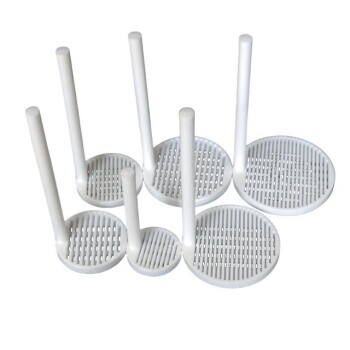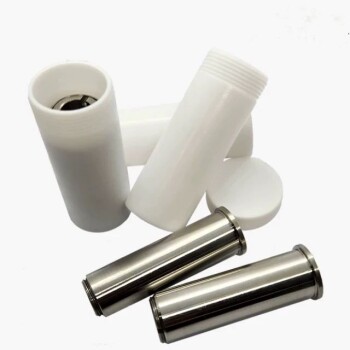Introduction to FTIR pellet press
Fourier Transform Infrared (FTIR) spectroscopy is a powerful analytical technique used to identify and quantify chemical compounds in a wide range of samples. FTIR analysis requires the sample to be in the form of a pellet, which is prepared by compressing the sample with a suitable matrix material. An FTIR pellet press is a laboratory equipment used for preparing pellets for FTIR analysis. The press applies pressure to the sample and matrix material to form a pellet of uniform thickness and density. Proper sample preparation is crucial for obtaining accurate and reproducible results in FTIR analysis.
Table of Contents
Importance of Sample Preparation for FTIR
Sample preparation is a critical step in Fourier Transform Infrared (FTIR) spectroscopy analysis. Accurate and reliable FTIR analysis results depend on the proper preparation of the sample. The use of an FTIR Pellet Press can greatly improve the accuracy and reliability of FTIR analysis. This instrument applies high pressure to the sample, compressing it into a small, flat pellet. This process enhances the reproducibility of the analysis and improves the signal-to-noise ratio of the spectrum, ensuring that the sample is uniformly distributed and compacted for a more representative sample for analysis.

FTIR Pellet Press
The use of an FTIR Pellet Press is an effective way to prepare solid samples for FTIR analysis. The pellet ensures that the sample is uniformly distributed and compacted, resulting in a more representative sample for analysis. The FTIR Pellet Press can be used for a wide range of samples, including powders, fibers, and films. Proper sample preparation is crucial for accurate and reliable FTIR analysis.
Sample Transparency to IR Radiations
The sample should be transparent to IR radiations to allow the radiations to pass through them. Salts like KBr, NaCl, AgCl are used for mixing of the sample to obtain the accurate IR spectrum of a sample with sharp peaks, good intensity, and high resolution. For powdered samples, one of the ways is to disperse it in Infrared Transparent medium such as Potassium Bromide (KBr) by pressing it into a disc. Pellets for FTIR are typically required to be within 3 mm up to 13 mm, with the exact diameter depending on the manufacturer of your FTIR equipment. The goal is to create a thin, transparent pellet that contains the sample you are interested in characterizing held in an IR transparent medium, thus these are also known as KBr Pellets.
Sample Homogeneity
The FTIR Pellet Press improves the reproducibility of the analysis and enhances the signal-to-noise ratio of the spectrum. This process also ensures that the sample is uniformly distributed and compacted, resulting in a more representative sample for analysis. The uniformity of the sample is essential for FTIR analysis since the light beam should be able to pass through the sample and interact with each molecule equally. Any non-uniformity in the sample could cause interference and skew the results.
Proper Sample Preparation
Proper sample preparation is crucial for accurate and reliable FTIR analysis. The use of high-quality sample preparation equipment, such as the FTIR Pellet Press, ensures that the samples are prepared correctly and consistently for accurate and reliable FTIR analysis. The accuracy and reliability of FTIR analysis depend greatly on the sample preparation process. Therefore, it is important to invest in high-quality sample preparation equipment to ensure that the results are consistent and reliable.
Materials Needed for Sample Preparation
To prepare samples for FTIR analysis using a pellet press, several materials are required. The following are the essential materials to prepare samples using FTIR pellet press:
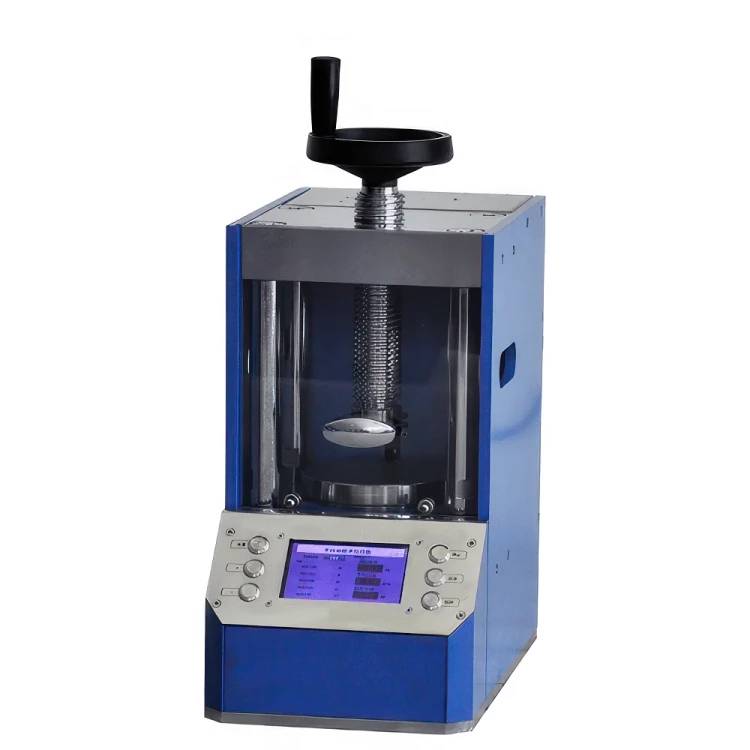
Sample Material
The sample material needs to be finely ground and mixed with a binder to prepare it for FTIR analysis. The type of binder used depends on the sample being analyzed. Common binders include KBr, polyethylene, and paraffin wax. The use of a binder helps to produce a uniform pellet that is homogeneous and has a flat surface, which allows for efficient absorption of infrared radiation.
Pellet Press
A FTIR pellet press is required to produce pellets. The pellet press consists of a die set that comprises a metal cylinder and a plunger. The die set is placed into the press, and the sample mixture is compressed at high pressure and temperature to produce a uniform pellet that is compact and has a flat surface.
Balance
A balance is required to measure the sample and binder quantities accurately. The amount of sample and binder used depends on the diameter of the pellet being produced. For a ½ inch (12.7 mm) diameter sample, about 1-2 mg of the sample material and 200-250 mg of the binder are sufficient to produce a uniform pellet.
Mortar and Pestle
A mortar and pestle are required to grind the sample material into a fine powder. The powder should be of uniform particle size to ensure consistent results.

Gloves
Gloves are required to handle potentially hazardous samples. It is important to use gloves to prevent contamination of the sample and protect the user from harmful substances.
Release Ring
A release ring is required to release the pellet from the die set. The release ring is placed on top of the plunger, and the pellet is pressed out of the cylinder.
Solvent and DI
Solvent and DI are required to clean the die set and pestle and mortar thoroughly. Cleaning the equipment ensures that the samples are not contaminated, and accurate results are obtained.
In summary, the essential materials required to prepare samples using FTIR pellet press include sample material, pellet press, balance, mortar and pestle, gloves, release ring, solvent, and DI. Proper sample preparation is essential for obtaining accurate and reliable FTIR results, and using a FTIR pellet press can help to streamline this process.
Procedure for Making KBr Pellets
When using FTIR Pellet Press to prepare samples for analysis, it is essential to follow the proper procedure for making KBr pellets. The following steps will guide you through the process of making KBr pellets:
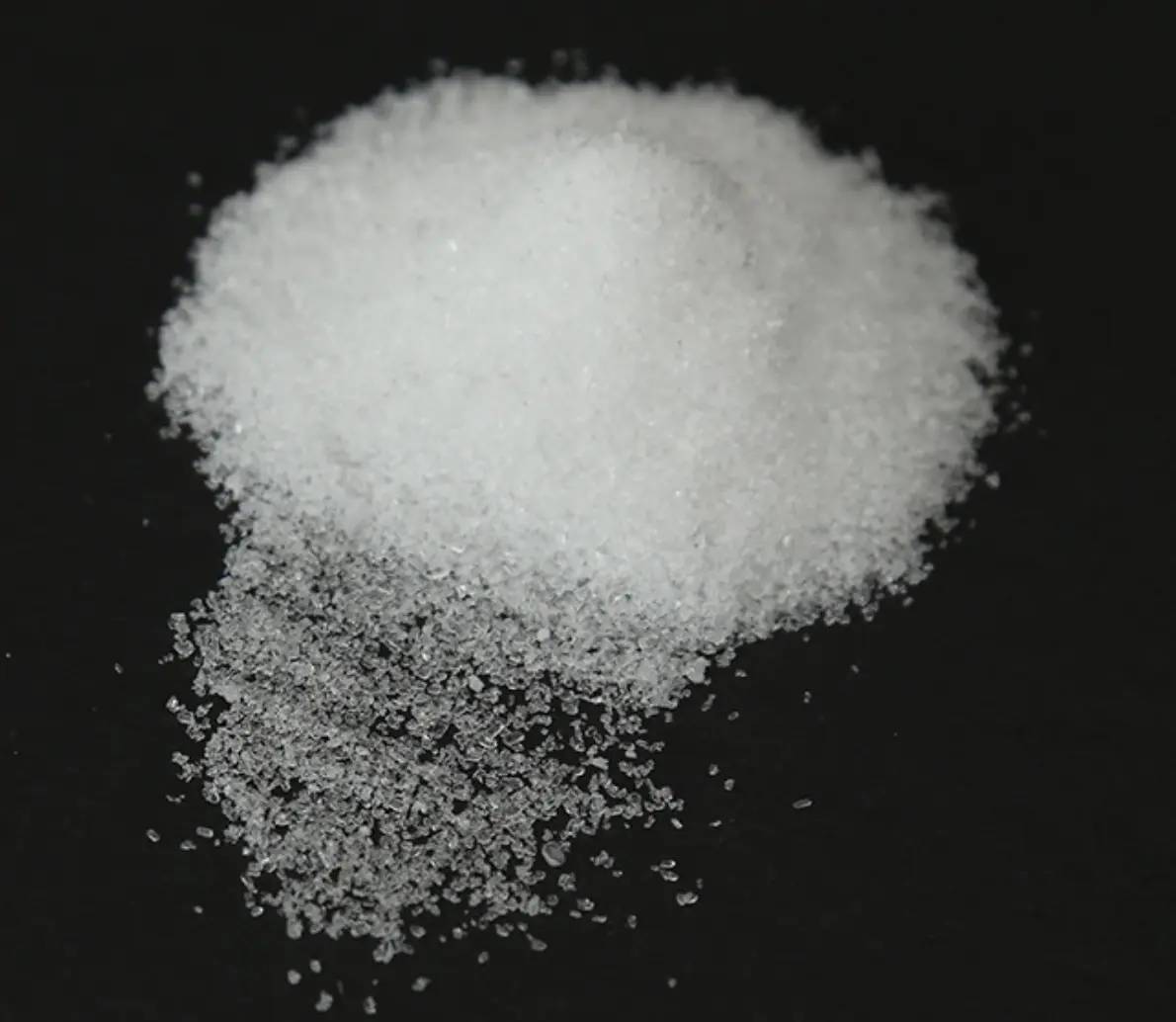
Step 1: Cleaning the Pellet Die and Plunger
The first step is to clean the pellet die and the plunger with a soft cloth to remove any debris or dust. This ensures that the KBr pellets produced are of good quality.
Step 2: Placing KBr Powder into the Die
Next, a small amount of KBr powder is placed into the die. It is important to use as little KBr powder as possible to ensure that the pellet is not too thick. The face of the anvil should be completely and evenly covered with a very thin coat of KBr powder.
Step 3: Compressing the Sample
Once the KBr powder is in the die, the sample is added to it. The sample should be homogeneous and finely ground to ensure accurate results. After that, the sample is compressed using the plunger. It is important to apply a consistent pressure and to avoid over-pressing the sample, which can lead to poor quality pellets.
Step 4: Inspecting the Pellet
The compressed KBr pellet is then removed from the die and inspected for any cracks or defects. If the pellet is not of good quality, it can be remade using the same procedure. Once the pellet is of good quality, it can be used for FTIR analysis.
Step 5: Cleaning the KBr Plates
The KBr plates must be thoroughly cleaned after this procedure to prevent contamination of future samples. Wipe the windows with a tissue, then wash several times with methylene chloride, then ethanol. Use the polishing kit in the lab to polish the window surface. Wear gloves to prevent fogging. The cleaned surface should be clear and free from scratches.
In summary, the FTIR Pellet Press is an essential tool for preparing KBr pellets for FTIR analysis. Following the proper procedure for making KBr pellets is crucial to ensure accurate and reliable results. Remember to clean the pellet die, use as little KBr powder as possible, compress the sample with consistent pressure, inspect the pellet for quality, and clean the KBr plates thoroughly after use.

Factors to Consider When Making KBr Pellets
KBr pellets are thin discs used for FTIR spectroscopy analysis. Before analysis, samples must be prepared in the form of KBr pellets. The FTIR Pellet Press is a commonly used tool for preparing these pellets. Preparation of KBr pellets requires careful consideration of several factors to ensure high quality and accurate analysis.
Amount of Sample
The first factor to consider is the amount of sample to be used. Too little sample may result in weak signals or noise, while too much sample may cause interference with the KBr matrix.
Pressure Applied During Compression
The second factor is the pressure applied during compression. Too little pressure may result in loose pellets, while too much pressure may damage the pellet or cause the sample to be compressed unevenly.
Duration of Compression
The third factor is the duration of compression. Over-compression may lead to the formation of cracks or voids in the pellet, while under-compression may lead to weak pellets that disintegrate during analysis.
Purity of KBr Used
The fourth factor to consider is the purity of KBr used. KBr pellets are hygroscopic, meaning they absorb moisture from the environment, which can affect the accuracy of the analysis. Therefore, it is essential to use high-purity KBr and store the pellets in a desiccator until analysis.
Particle Size
Producing pressed pellets requires accuracy and specific measurements, and pelletizing works well when samples are ground to a particle size of less than 50μm, although less than 75μm is also acceptable. Working with small particle sizes is important because this impacts how well the sample binds together under pressure, which impacts the analytical results.

Pressure
After the sample has been mixed with the binding agent, it is added to a die to be pressed. The sample is usually pressed with a hydraulic sample press, and the pressure applied through this instrument needs to be enough for the binder to recrystallize and for the sample to be completely compressed. Most samples will require pressing for 1-2 minutes, under 25-35T of pressure to ensure no void spaces are present in the pellet.
Thickness
Aside from particle size, the thickness of pressed pellets is also crucial for the effective analysis of a sample. If a sample is too thick, the X-rays will not be able to penetrate it up to a certain point. Because XRF analysis relies on emitted X-rays reaching the detector, the sample must be infinitely thick to the X-rays.
Overall, the preparation of KBr pellets requires careful attention to detail and proper equipment to ensure high-quality and accurate analysis. By considering these factors, one can prepare high-quality KBr pellets for accurate and reliable FTIR analysis.
Importance of Cleaning Equipment
Proper cleaning of laboratory equipment is crucial to ensure accurate and reliable results. This is especially important when using an FTIR pellet press for sample preparation as contamination can negatively affect the analysis. Here are some steps to follow to ensure the equipment is properly cleaned:
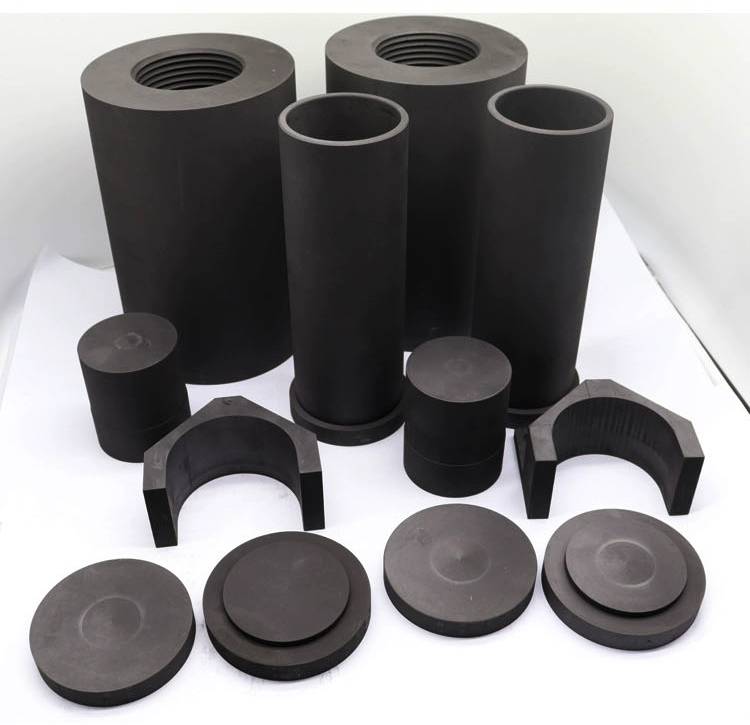
Disassemble the Parts
Before cleaning the FTIR pellet press, it is important to disassemble the parts. This includes removing the pressing dies and anvils, as well as any other detachable components.
Wash with Mild Detergent and Water
After disassembling the parts, wash them thoroughly with a mild detergent and water. This will help remove any dirt, dust, or other contaminants that may have accumulated on the equipment.
Rinse with Deionized Water
After washing with detergent and water, rinse the equipment with deionized water to remove any residual detergents. This is important as any leftover detergent can negatively affect the analysis.

Dry with Lint-Free Cloth or Air Dry
After rinsing, dry the equipment with a lint-free cloth or let it air dry. This will help ensure that no moisture remains on the equipment, which can cause contamination.
Clean the Pressing Dies and Anvils
In addition to cleaning the equipment, it is important to also clean the pressing dies and anvils. This can be done using a soft-bristled brush and compressed air to remove any particles from the dies and anvils.
Proper Sample Preparation
Proper sample preparation is also important to ensure accurate and reliable results. This includes ensuring that the sample material is properly ground and mixed to ensure homogeneity. The sample should also be placed in the die and pressed with the required force to form a pellet.
Conclusion
In summary, cleaning the FTIR pellet press and preparing samples correctly are essential steps in ensuring accurate and reliable analyses in the laboratory. By following the steps outlined above, laboratory professionals can help reduce the risk of contamination and produce quality results.
Conclusion
In conclusion, sample preparation is a critical aspect of FTIR analysis, and the use of an FTIR pellet press is an excellent way to ensure accurate and repeatable results. The key to successful sample preparation is to use high-quality materials, maintain a clean working environment, and follow established procedures carefully. A hydraulic mini press is an ideal option for making KBr pellets, as it provides uniform pressure and eliminates the need for manual grinding. By taking the time to prepare samples correctly, researchers can obtain reliable data and gain valuable insights into the chemical composition of their samples.
Related Products
- Automatic Laboratory Hydraulic Press for XRF & KBR Pellet Press
- Laboratory Hydraulic Pellet Press for XRF KBR FTIR Lab Applications
- Automatic Laboratory Hydraulic Pellet Press Machine for Lab Use
- Automatic Heated Hydraulic Press Machine with Heated Plates for Laboratory Hot Press 25T 30T 50T
- Heated Hydraulic Press Machine with Heated Plates for Vacuum Box Laboratory Hot Press
Related Articles
- Effective Preparation of Samples for XRF Analysis via Pressed Pellets Method
- Guide for Xrf Pellet Press
- Understanding Cold Isostatic Pressing: Process, Comparisons, and Applications
- What is xrf analysis and how to making pressed xrf pellets
- Automated laboratory XRF and KBR pellet press operating procedures















